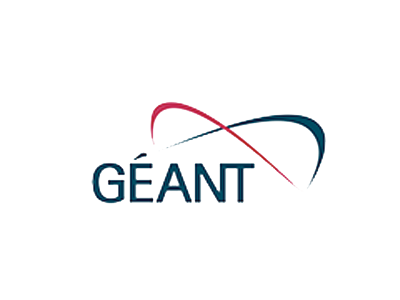European weather institutes work together in EUMETSAT
The public knows The Royal Netherlands Meteorological Institute (KNMI) for its weather images and the accompanying weather forecasts. KNMI produces these weather forecasts based on weather data provided by land-based weather stations and weather satellites. Before the raw weather data can be used, it must be processed to create usable data that can be read into weather and climate models. The weather institutes do this for each other.



